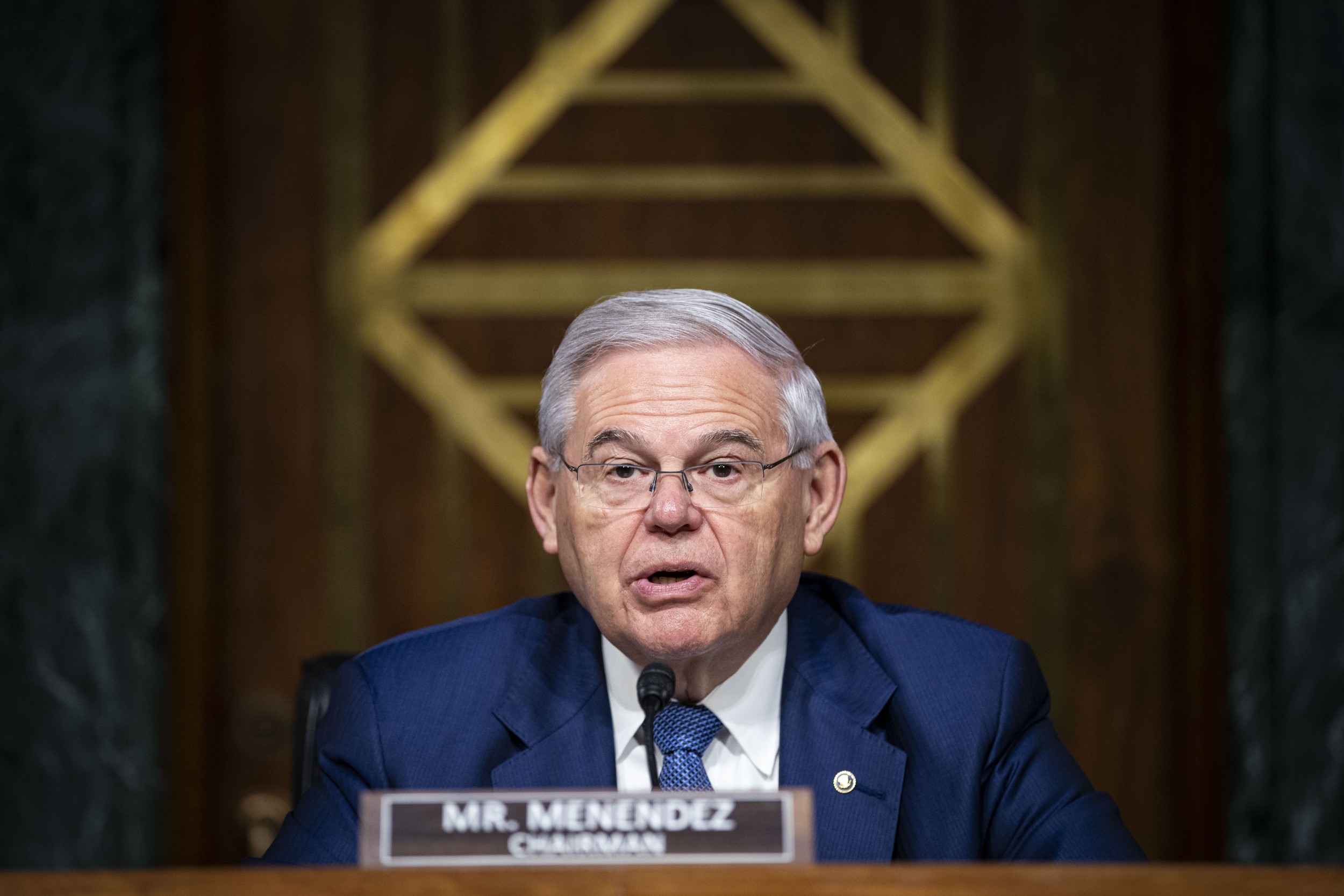This has been a plague year for magazines. Several periodicals have closed: Conde Nast Portfolio, Domino, Blender. McGraw-Hill has put BusinessWeekup for sale. As we speak, McKinsey & Co. consultants are prowling the halls of glossy and glamorous high-brow publisher Conde Nast (Vogue, Vanity Fair, TheNew Yorker) in search of cost cuts. Early targets include newspaper subscriptions and chauffeured cars. The remaining magazines have gone on a diet. Among the 243 magazines tracked by the Publishers Information Bureau, ad pages plunged 28 percent in the first half of 2009 from the first half of 2008. This week, industry forecaster Veronis Suhler Stevenson predicted the magazine industry's revenues will decline at a 6.6 percent for the years 2008 through 2013.
But it wasn't all doom and gloom. According to PIB, 12 magazines managed to attract more ad pages in this year's first six months than they did in the first half of 2008. Which publications are among the fortunate dozen? And how did they manage to do it?
Among the titles worth noting: Fitness, Cooking With Paula Deen, The Week, OK!, Family Circle, Scholastic Parent & Child, Organic Gardening, Sports Illustrated for Kids, Country Weekly, and Muscle & Fitness. Generally, as the Magazine Publishers of America has pointed out, some merely benefited from ad categories, or "sub-categories," in which marketers, well, advertised—food and seasonings and ingredients, household cleaning products, and hair and hygiene. So a few nesting, fitness, and celebrity magazines enjoyed a windfall. (On background, more than a few grumpy ad-hungry rival magazines alleged that some of the gainers had cut their rates to lure ads.) Apart from those reasons, a bunch of factors explain the ad surge at the lucky dozen: recent redesigns, new editors, smart implementation of multiplatform sales, quirks, and old-fashioned stunts.
For example, Meredith Corp.'s Family Circle, which posted a year-to-year increase of about 60 pages, and Fitness, with ad pages up 18.4 percent, updated their designs. Meredith "has been committed to growing our brand during this difficult time," says Carey Witmer, Family Circle's publisher, adding that the parent company also invested in more rack space at retailers. Fitness publisher Lee Slattery also partly credits a new editor who added food columns and increased beauty coverage. It helped, too, that Fitness had an extra issue this year in January.
Scholastic Parent & Child began running ads on its cover this year, gaining extra space to sell to marketers, says publisher Risa Crandall. It's already sold out those slots for the year. In addition, Crandall says, her sales staff has been skillful at selling what are known as integrated solutions—ad campaigns that span the magazine and Web site, for example—and using compelling third-party research that purports to show that ads in Scholastic Parent & Child generate significantly more sales of their products than ads in rival publications. Extra space to sell marketers also boosted American Media's Country Weekly, which gained about 26 pages after increasing its frequency from biweekly, says publisher Rita Schneider. She said advertisers couldn't resist the magazine's target audience—"Wal-mart consumers," the natural fans of an "exploding music genre."
OK! magazine did great, too, with a nearly 17 percent jump of more than 61 pages, thanks in part to new advertisers. Until last fall, major brands like Anheuser-Busch and McDonald's, wouldn't advertise in a relatively young magazine (it was launched in 2005) that lacked prolonged tracking by syndicated researchers such as Mediamark Research & Intelligence and Simmons Market Research, says publisher Lori Burgess. "We are now measured, as of last fall," she says. "That helped us immensely." The celebrity magazine's cozy editorial ties to its subjects was crucial to wooing ads, she said. Burgess says an upcoming advertorial will feature the young unknowns from the MGM movie Fame, slated for release this summer, wearing fashion from advertiser Bebe.
A few magazines prospered simply because they happened to be in the right space at the right time. Organic Gardening, the kernel from which publisher Rodale sprouted 66 years ago, hit the zeitgeist jackpot. The nation is in the grips of an organic-food craze. As one of her first official acts, first lady Michelle Obama planted an organic garden on the White House lawn. It all added up to a 3.2 percent increase in ad pages, which comes on top of extraordinary double-digit annual gains the past three years. Organic Gardening also was never particularly dependent on the now-depressed automobile category. "We have a solid organic advertising base, like seed companies and natural-foods products," says Jeff Tkach, national advertising director.
Is this what Federal Reserve chairman Ben Bernanke was talking about when he spoke in March of seeing the "green shoots of recovery"?
Uncommon Knowledge
Newsweek is committed to challenging conventional wisdom and finding connections in the search for common ground.
Newsweek is committed to challenging conventional wisdom and finding connections in the search for common ground.
About the writer
To read how Newsweek uses AI as a newsroom tool, Click here.





